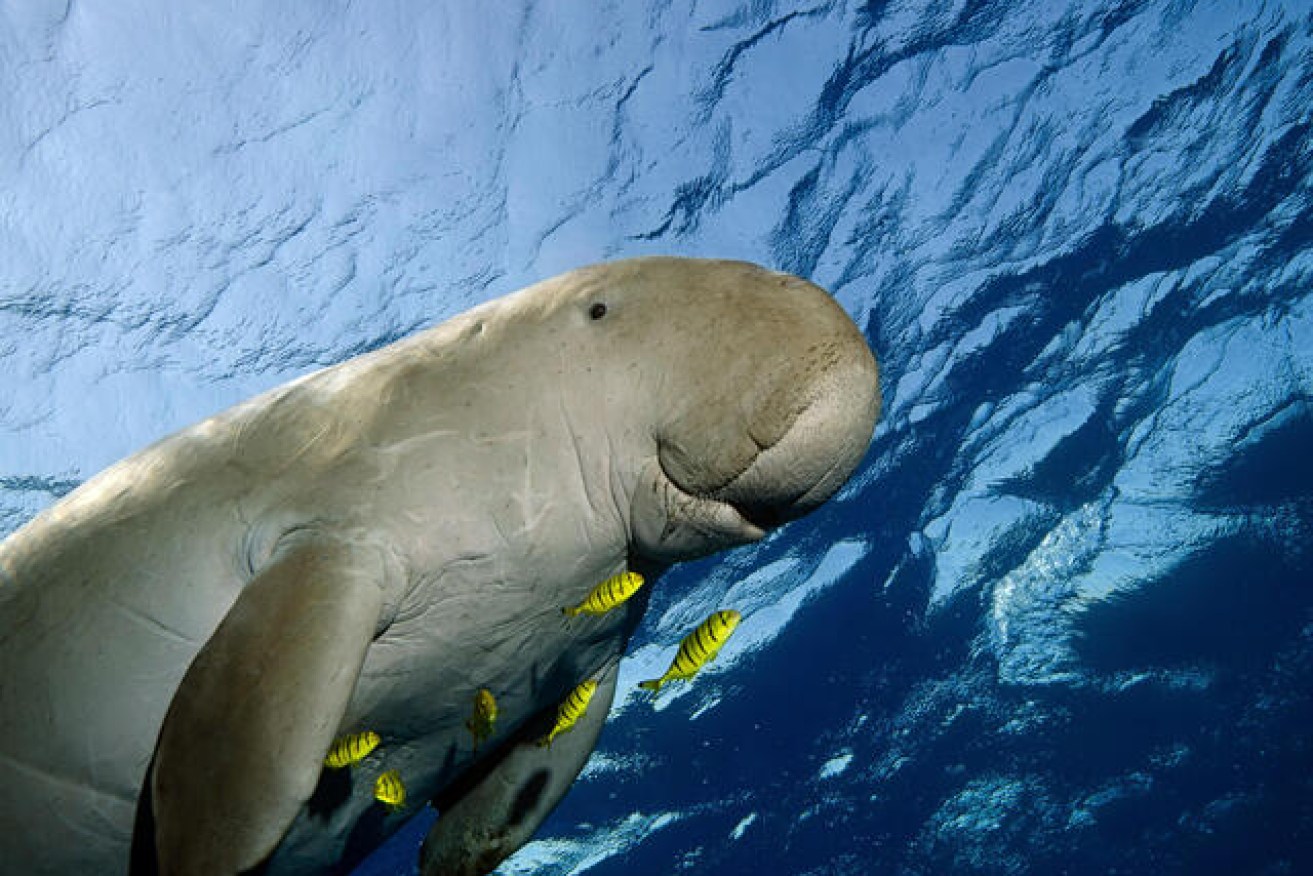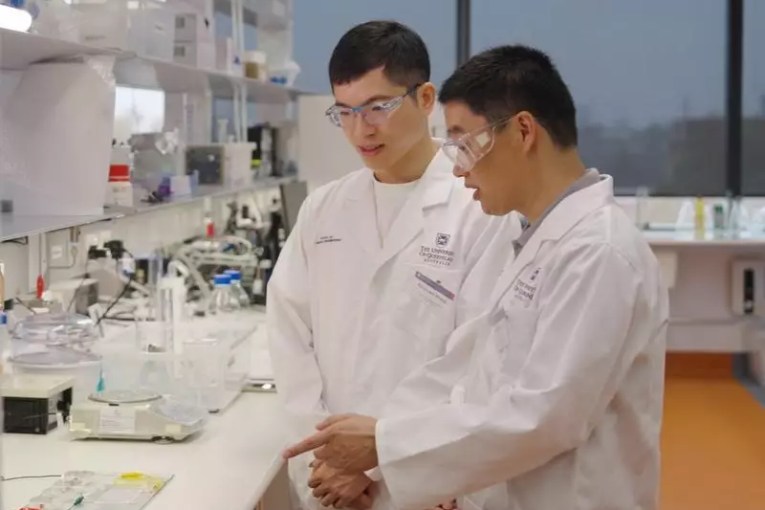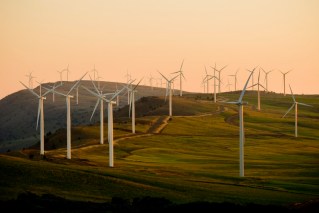How dugongs, turtles are helping to maintain seagrass levels on reef
Turtles and dugongs mowing through seagrass are actually doing their bit to ensure the longevity of underwater meadows, a study shows.

Dugongs have been found to help the growth of sea grasses (Photo: WWF).
The James Cook University research found the herbivores play a crucial role in protecting the Great Barrier Reef’s health.
Through their faeces, the animals help spread seagrass seeds and accelerate their growth, insuring the species against herbivore consumption, wave energy, erosion and disease outbreak.
“It can also increase the chance of surviving a large, one-off catastrophic event, such as extreme weather or reduced water quality,” the paper’s co-author Samantha Tol said.
The animals’ guts do most of the hard work.
The seed coats are roughed up when the sea turtles and dugongs eat them, and the increase in temperature inside their digestive system likely kick-starts germination.
For one species of seagrass, the animals decreased the time to germination by up to 60 per cent, and increased the chances of germination by up to four times.
“If we removed the ecological roles these two animals provide, this would most likely reduce the capacity for seagrass meadows to recover quickly from natural or anthropogenic loss,” Dr Tol said.
She hopes further study will also prove the animals help stamp out seed disease.












